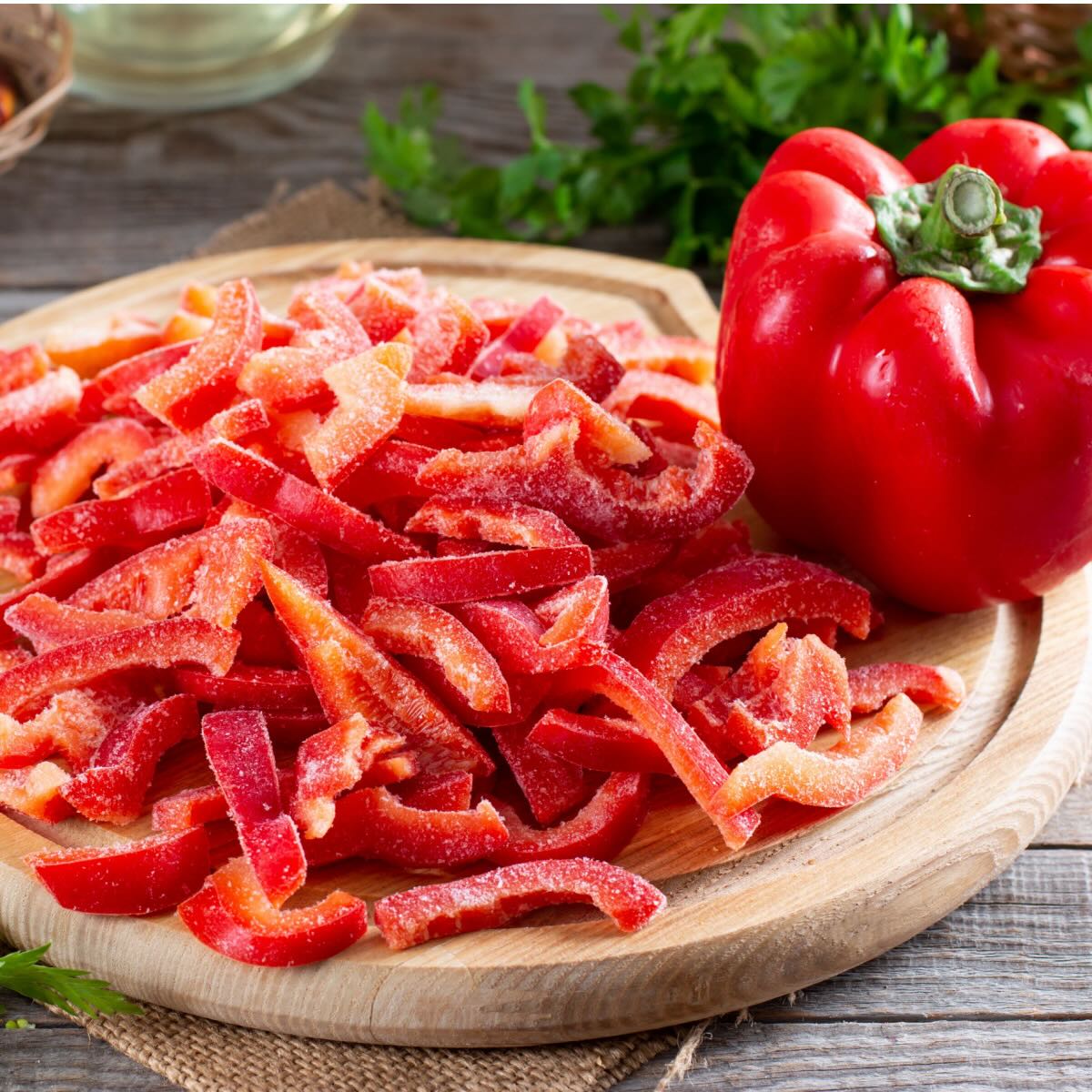

Articles
How To Store Sliced Peppers
Modified: December 7, 2023
Learn the best methods for storing sliced peppers in this informative article. Keep your peppers fresh and flavorful with these helpful tips and tricks.
(Many of the links in this article redirect to a specific reviewed product. Your purchase of these products through affiliate links helps to generate commission for Storables.com, at no extra cost. Learn more)
Introduction
Sliced peppers are a versatile ingredient that can add a burst of flavor and color to a wide range of dishes. From salads and stir-fries to sandwiches and pasta, sliced peppers can elevate the taste and presentation of your meals. However, if you find yourself with an abundance of peppers or if you want to prep them in advance for convenience, it’s essential to know how to store sliced peppers properly.
Knowing how to store sliced peppers not only helps in reducing food waste but also ensures that you have ready-to-use peppers on hand whenever you need them. Whether you plan to store them in the refrigerator, freeze them, or preserve them in oil, proper storage techniques can help maintain their freshness and flavor.
In this article, we will explore the different methods for storing sliced peppers and provide you with valuable tips to keep them fresh and delicious for an extended period.
Key Takeaways:
- Store sliced peppers to save time, reduce waste, and enhance meal prep. Use airtight containers, freeze for long-term storage, or preserve in oil for added flavor and versatility.
- Properly prepare and label containers for storing sliced peppers in the refrigerator, freezer, or in oil. Experiment with different cuts and enjoy vibrant flavors year-round.
Read more: How To Store Sliced Bell Peppers
Why Store Sliced Peppers?
There are several reasons why you might want to consider storing sliced peppers:
1. Convenience: Slicing peppers can be a time-consuming task, especially when you’re in a rush to prepare a meal. By slicing and storing peppers in advance, you can save valuable time in the kitchen and have them readily available whenever you need them.
2. Extended Shelf Life: Peppers have a relatively short shelf life, especially when they are left whole. By slicing and properly storing them, you can extend their freshness and use them over a longer period. This is particularly useful if you buy peppers in bulk or have a surplus from your garden.
3. Meal Preparation: Having sliced peppers readily available allows you to plan and prepare meals more efficiently. You can portion them out for specific recipes or use them as a topping for pizzas, sandwiches, or salads. They can also be an excellent addition to stir-fries and omelets.
4. Versatility: Sliced peppers can be used in a variety of culinary creations. They add a vibrant and crunchy texture to salads, enhance the flavors in sautéed vegetables, and provide a sweet and tangy element to pasta dishes. By having them stored, you can experiment with different recipes and enjoy the unique taste of peppers year-round.
5. Reduced Food Waste: Storing sliced peppers helps reduce food waste by preventing them from going bad before you have a chance to use them. It’s disheartening to throw away produce that has spoiled, so proper storage enables you to enjoy your peppers without wastage.
Having explored the benefits of storing sliced peppers, let’s now delve into the various methods of preparing the peppers for storage.
Preparing the Peppers for Storage
Before you embark on storing sliced peppers, it’s essential to prepare them properly to ensure optimal freshness and quality. Here’s a step-by-step guide on how to prepare peppers for storage:
1. Choose Fresh Peppers: Select peppers that are firm, vibrant in color, and free from any signs of decay or blemishes. The peppers should have a crisp texture and a slightly glossy skin.
2. Wash and Dry: Rinse the peppers under cold water to remove any dirt or debris. Gently pat them dry with a clean kitchen towel or paper towels. It’s important to ensure that the peppers are thoroughly dry to prevent moisture from causing them to spoil faster.
3. Remove the Core and Seeds: Slice off the stem end of the pepper and discard it. Cut the pepper in half lengthwise and remove the white pith and seeds from the center. If you prefer, you can also remove the membranes if you want milder-flavored peppers.
4. Slice the Peppers: Depending on your preference, slice the peppers into strips or dice them into smaller pieces. Uniformly sliced peppers will ensure even cooking and consistency in your dishes.
5. Optional: Blanching: Blanching is an optional step that can help preserve the color, texture, and flavor of the peppers. Bring a pot of water to a boil and blanch the sliced peppers for 1-2 minutes. Immediately transfer them to an ice bath to stop the cooking process. Drain and pat them dry before storing.
By following these preparation steps, you are now ready to choose the appropriate containers for storing your sliced peppers.
Proper Containers for Sliced Peppers
Choosing the right containers for storing sliced peppers is crucial to maintain their freshness and prevent them from becoming mushy or contaminated. Here are some suitable container options:
1. Airtight Plastic Bags: Airtight plastic bags, such as zip-top freezer bags, are a convenient and cost-effective option for storing sliced peppers. Make sure to remove as much air as possible from the bag before sealing it. Label the bag with the date to keep track of the freshness.
2. Glass or Plastic Containers: Glass or plastic containers with tight-fitting lids are another great choice for storing sliced peppers. Ensure that the containers are clean and dry before adding the peppers. It’s recommended to leave some headspace in the container to allow for expansion if freezing the peppers.
3. Vacuum Sealer: If you have a vacuum sealer machine, it can be incredibly effective in extending the shelf life of sliced peppers. Vacuum sealing helps remove all the air, preventing oxidation and freezer burn. This method is ideal if you plan to freeze the peppers for an extended period.
4. Canning Jars: If you want to store sliced peppers in oil or pickling liquid, canning jars are the best option. Ensure that the jars and lids are properly sanitized before use. It’s important to follow proper canning procedures to ensure the safety of the preserved peppers.
When selecting containers, it’s crucial to choose those that are food-safe and free from any cracks or damage. Opt for containers that are transparent or have labeling space, so you can easily identify the contents and keep track of the storage times.
Now that you have your containers ready, let’s explore the different methods of storing sliced peppers, starting with storing them in the refrigerator.
Storing Sliced Peppers in the Refrigerator
The refrigerator is a convenient option for short-term storage of sliced peppers. Here’s how you can store them in the refrigerator:
1. Place in airtight containers: Transfer the sliced peppers into clean and dry airtight containers, ensuring that they are not overcrowded. This helps prevent moisture loss and protects the peppers from absorbing any odors from other foods in the refrigerator.
2. Label and date the containers: It’s essential to label each container with the date of storage. This allows you to keep track of the freshness and use them within a reasonable period.
3. Store in the crisper drawer: Place the containers of sliced peppers in the crisper drawer of your refrigerator. The crisper drawer provides a cool and controlled environment, helping to maintain the quality of the peppers. Ensure that the temperature in the refrigerator is set to around 40°F (4°C) to maximize shelf life.
4. Use within a week: Sliced peppers stored in the refrigerator can typically stay fresh for up to a week. However, for the best flavor and texture, it’s recommended to use them within the first few days.
It’s important to note that sliced peppers stored in the refrigerator may start to lose their crispness and become slightly wilted over time. They may also release some moisture, so gently pat them dry before using them in your recipes.
If you have a surplus of sliced peppers or want to store them for a more extended period, freezing is an excellent option. Let’s explore how to freeze sliced peppers next.
Store sliced peppers in an airtight container or resealable bag in the refrigerator. Adding a paper towel to absorb excess moisture can help keep them fresh longer.
Read more: How To Store Sliced Avocado
Freezing Sliced Peppers
Freezing sliced peppers is an excellent way to preserve their freshness and flavor for an extended period. Here’s how you can freeze sliced peppers:
1. Blanch the peppers (optional): For optimal results, blanching the sliced peppers before freezing can help retain their color, texture, and flavor. Bring a pot of water to a boil and blanch the sliced peppers for 1-2 minutes. Transfer them immediately to an ice bath to cool. Drain thoroughly and allow them to dry completely before proceeding to the next step.
2. Pre-freeze the peppers: To prevent the sliced peppers from sticking together in a clump, pre-freeze them on a baking sheet or tray. Arrange the slices in a single layer, ensuring they don’t touch each other. Place the tray in the freezer and allow the peppers to freeze for about 1-2 hours or until they are firm.
3. Transfer to freezer bags: Once the sliced peppers are pre-frozen, transfer them to labeled and dated freezer bags or airtight containers. Remove as much air as possible from the bags before sealing them. If using containers, leave some headspace to allow for expansion. Properly sealed containers help prevent freezer burn and maintain the quality of the peppers.
4. Return to the freezer: Place the freezer bags or containers of sliced peppers back into the freezer. Make sure they are placed in a flat position to ensure even freezing. It’s recommended to use frozen peppers within 6-8 months for best quality.
When you’re ready to use the frozen sliced peppers, simply take out the desired amount from the freezer and thaw them in the refrigerator or use them directly in cooked dishes without thawing.
Freezing sliced peppers is a convenient method to have them on hand throughout the year, even when they’re out of season. However, if you prefer to preserve the peppers in oil for added flavor, there’s another method you can try. Let’s learn how to preserve sliced peppers in oil next.
Preserving Sliced Peppers in Oil
Preserving sliced peppers in oil is a great way to add flavor and extend their shelf life even further. Here’s how you can preserve sliced peppers in oil:
1. Prepare the peppers: Follow the steps outlined earlier to wash, slice, and remove the core and seeds from the peppers. You can choose to leave the peppers in long strips or dice them into smaller pieces, depending on your preference.
2. Blanch the peppers (optional): If desired, blanch the sliced peppers by briefly cooking them in boiling water for 1-2 minutes, followed by an ice bath to cool them rapidly. This optional step helps maintain the peppers’ texture and color during the preservation process.
3. Sterilize the jars: Prepare glass canning jars by washing them thoroughly with hot, soapy water. Rinse well and sterilize them by placing them in boiling water for about 10 minutes. Alternatively, you can run the jars and lids through a dishwasher cycle.
4. Pack the jars with peppers: Drain the blanched peppers well and pack them tightly into sterilized jars, leaving about 1/2 inch (1.25 cm) of headspace at the top.
5. Add oil and seasoning: Pour olive oil over the peppers, completely covering them and leaving about 1/2 inch (1.25 cm) of headspace. You can add additional seasonings like garlic cloves, herbs, or spices for extra flavor. Make sure the peppers are fully submerged in the oil to prevent spoilage.
6. Seal and store: Wipe the jar rims clean with a damp cloth to remove any oil or debris. Place sterilized lids on the jars and tighten the rings securely. Store the jars in a cool, dark place, such as a pantry or cellar, away from direct sunlight. Properly preserved peppers can generally stay fresh for several months.
When you’re ready to use the preserved sliced peppers, simply scoop out the desired amount with a clean utensil. The oil can be used to add a delightful taste to sauces, marinades, dressings, or sautés.
Preserving sliced peppers in oil not only allows you to enjoy their vibrant flavors and textures throughout the year but also adds a touch of gourmet flair to your culinary creations.
Additional Tips for Storing Sliced Peppers
Here are some additional tips to help you store sliced peppers effectively:
1. Label and date: Whether you’re storing sliced peppers in the refrigerator, freezer, or preserved in oil, always label each container with the date of storage. This way, you can easily keep track of their freshness and use them accordingly.
2. Use quality containers: Invest in good quality containers that are airtight and specifically designed for food storage. This helps to prevent air and moisture from spoiling the peppers and keeps them fresh for longer.
3. Avoid storing with strong-smelling foods: Peppers can absorb odors easily, so it’s best to avoid storing them alongside strong-smelling foods like onions or garlic. If you’re using a refrigerator, keep them in a separate compartment to minimize cross-contamination of flavors.
4. Use freezer-safe bags: When freezing sliced peppers, use freezer-safe bags or containers to prevent freezer burn. Ensure that the bags are specifically designed for freezing and are thick enough to withstand the freezing temperatures.
5. Portion control: Consider portioning the sliced peppers according to your usage needs before storing. This allows you to take out only the amount you need without thawing the entire batch, reducing waste and ensuring the best quality.
6. Consider different cuts: While most recipes call for standard slices or dice, experiment with different shapes and cuts for added variety. You can try julienne strips, rings, or even pepper rings for stuffing purposes.
7. Rotate and use oldest first: When storing multiple batches of sliced peppers, remember to rotate and use the older ones first. This ensures that none of the peppers go to waste and you always have the freshest supply on hand.
8. Check for signs of spoilage: Before using any stored sliced peppers, inspect them for any signs of spoilage, such as mold, discoloration, or a foul odor. If you notice any of these signs, it’s best to discard them to avoid any risk of foodborne illnesses.
By following these additional tips, you can prolong the shelf life of sliced peppers and enjoy their vibrant flavors in a variety of dishes.
Conclusion
Knowing how to store sliced peppers properly is essential for maximizing their freshness, flavor, and convenience. Whether you choose to store them in the refrigerator, freezer, or preserve them in oil, proper storage techniques help reduce food waste and ensure that you have peppers on hand whenever you need them.
In this article, we discussed the importance of storing sliced peppers and provided comprehensive guidance on preparing the peppers for storage. We explored suitable containers for storing sliced peppers, including airtight plastic bags, glass or plastic containers, and canning jars for preserving in oil.
We covered the steps for storing sliced peppers in the refrigerator, emphasizing the significance of using airtight containers and the proper temperature settings. Additionally, we discussed the process of freezing sliced peppers, including optional blanching and pre-freezing steps to maintain their texture and prevent clumping. Lastly, we explored how to preserve sliced peppers in oil, enhancing their flavor and extending their shelf life.
Finally, we shared additional tips to help you store sliced peppers effectively, such as labeling and dating your containers, selecting high-quality storage options, and avoiding cross-contamination of flavors.
By following these guidelines and adapting them to your specific preferences and needs, you can ensure that your sliced peppers stay fresh and delicious for an extended period. Whether you’re preparing a quick stir-fry, a vibrant salad, or a flavorful pasta dish, having stored sliced peppers at your disposal will elevate your culinary creations.
So take advantage of these storage methods, experiment with different cuts and techniques, and savor the taste of sliced peppers year-round. Happy cooking!
Frequently Asked Questions about How To Store Sliced Peppers
Was this page helpful?
At Storables.com, we guarantee accurate and reliable information. Our content, validated by Expert Board Contributors, is crafted following stringent Editorial Policies. We're committed to providing you with well-researched, expert-backed insights for all your informational needs.

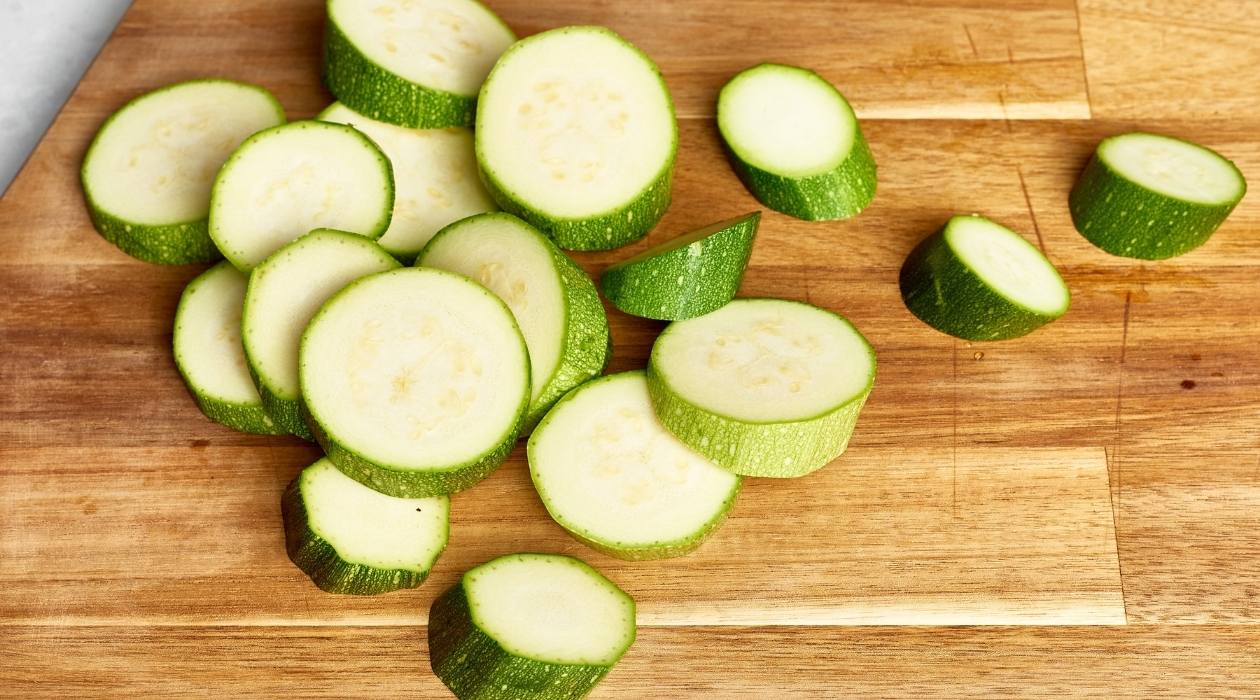

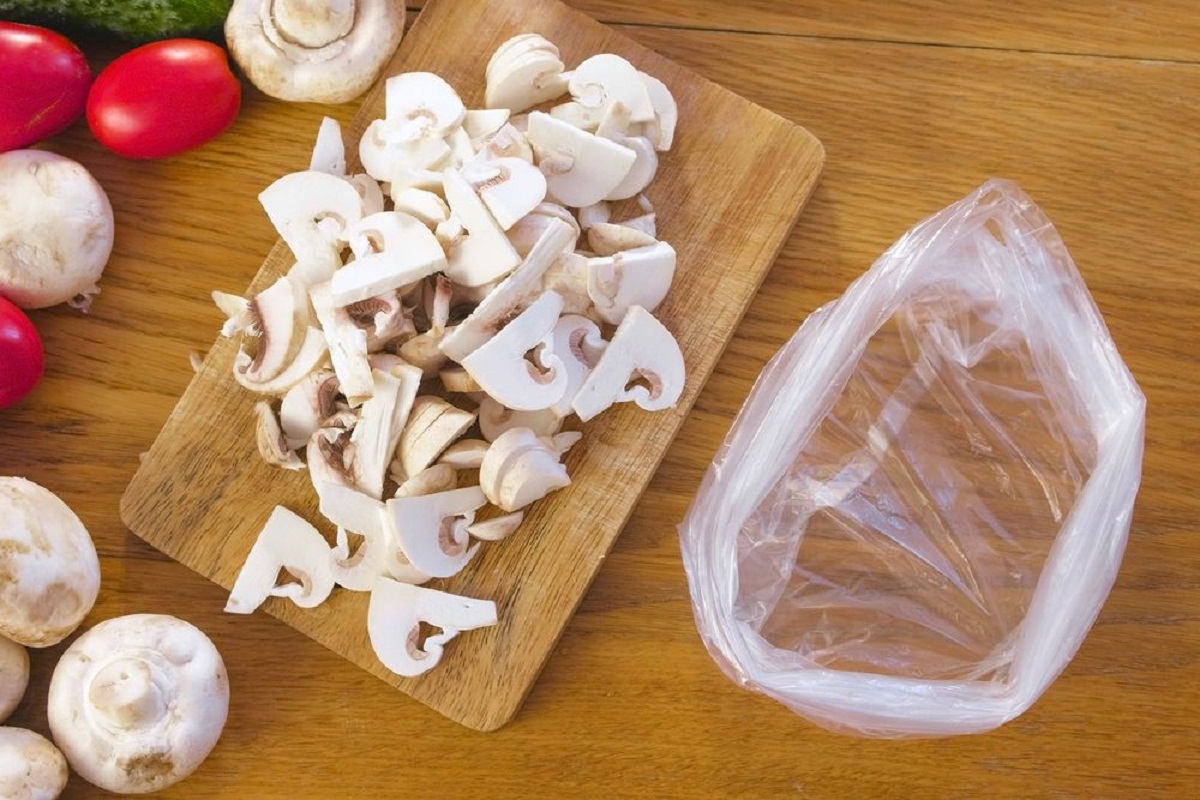
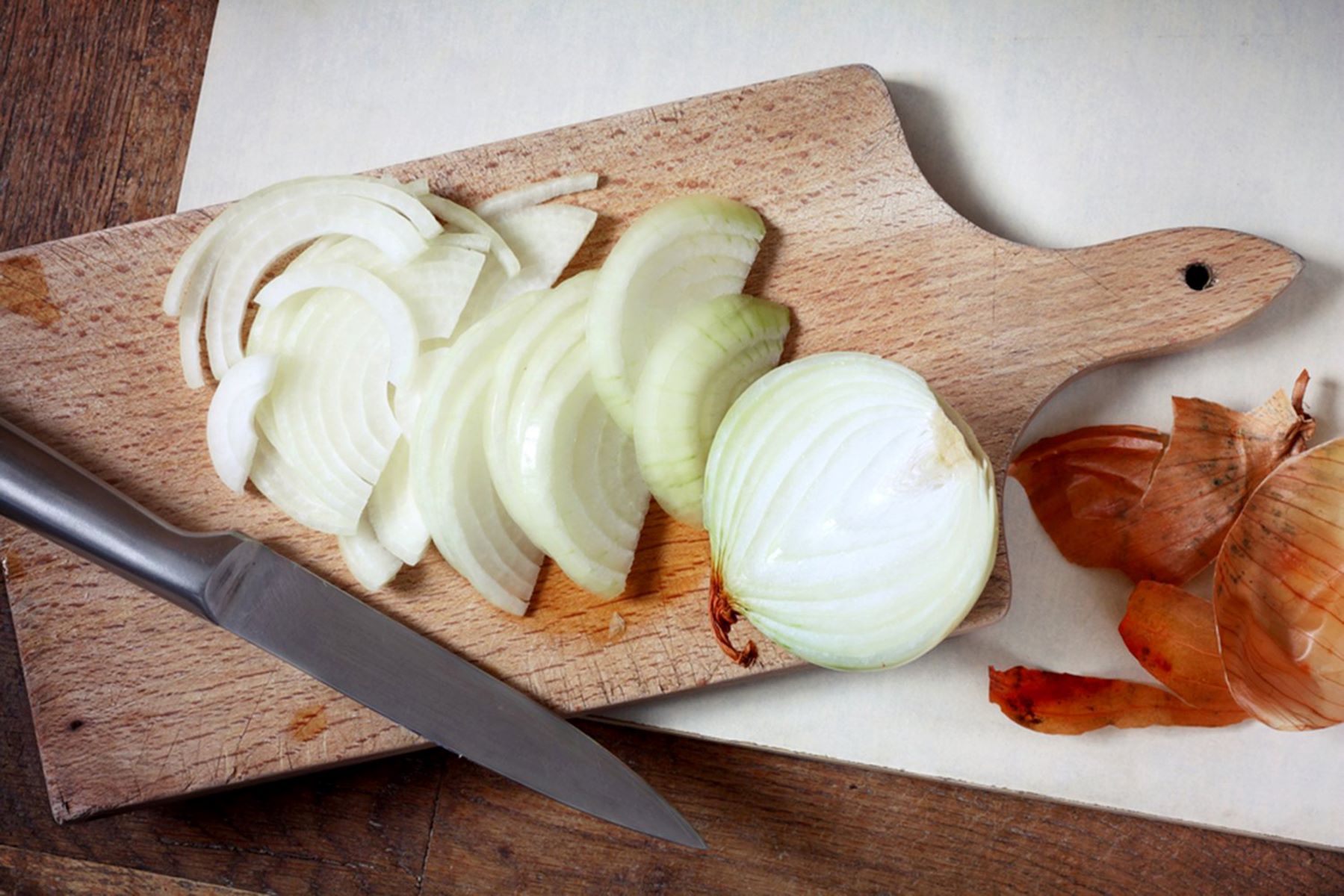

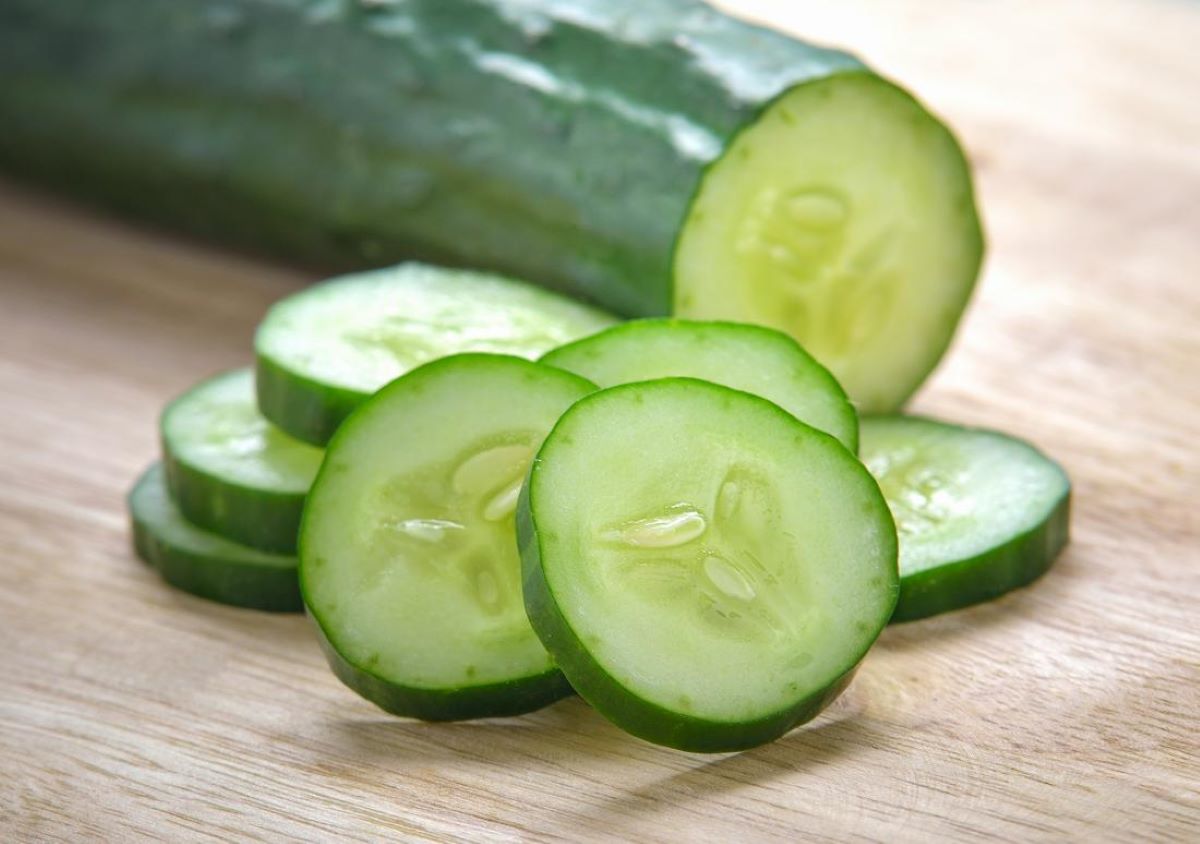
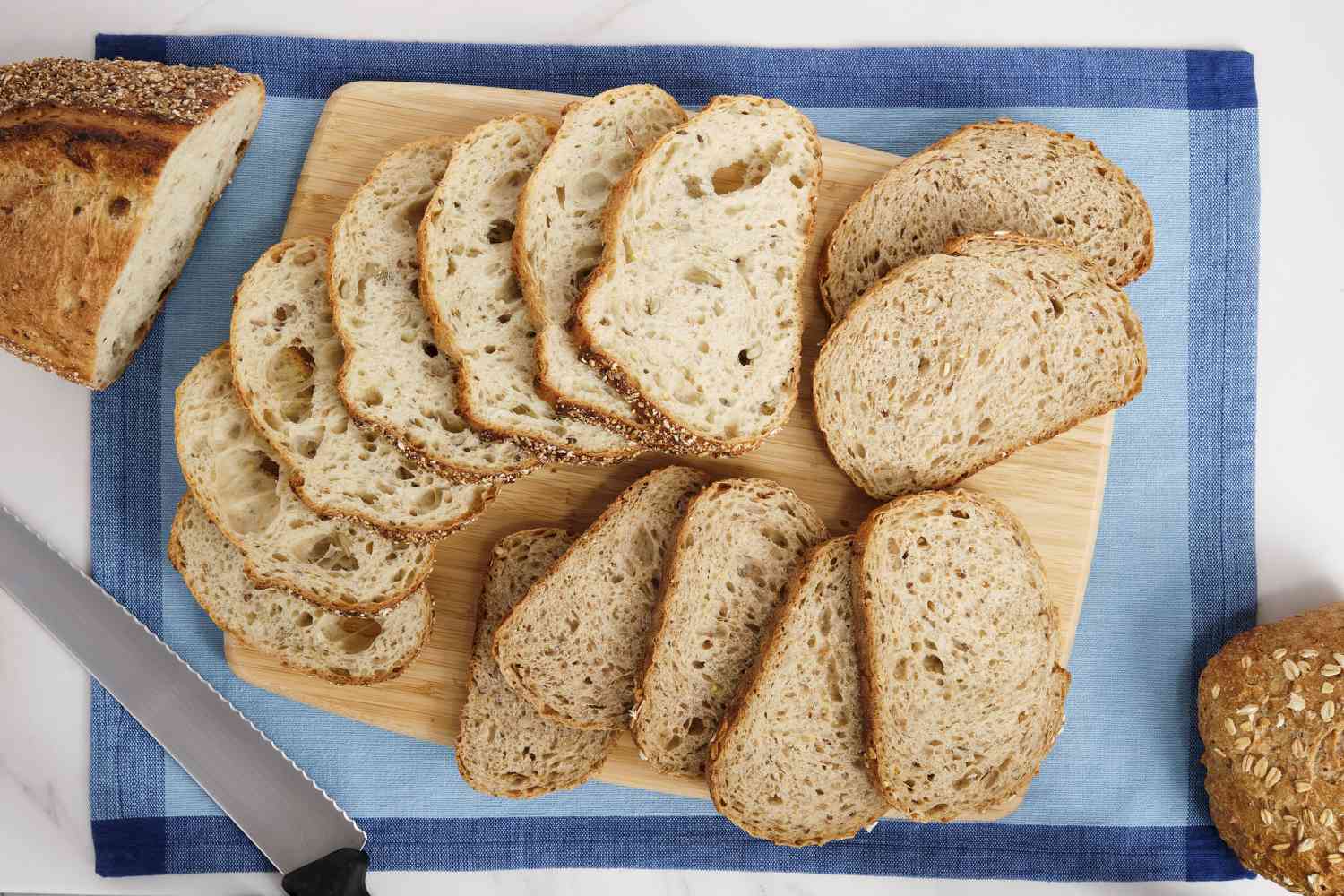
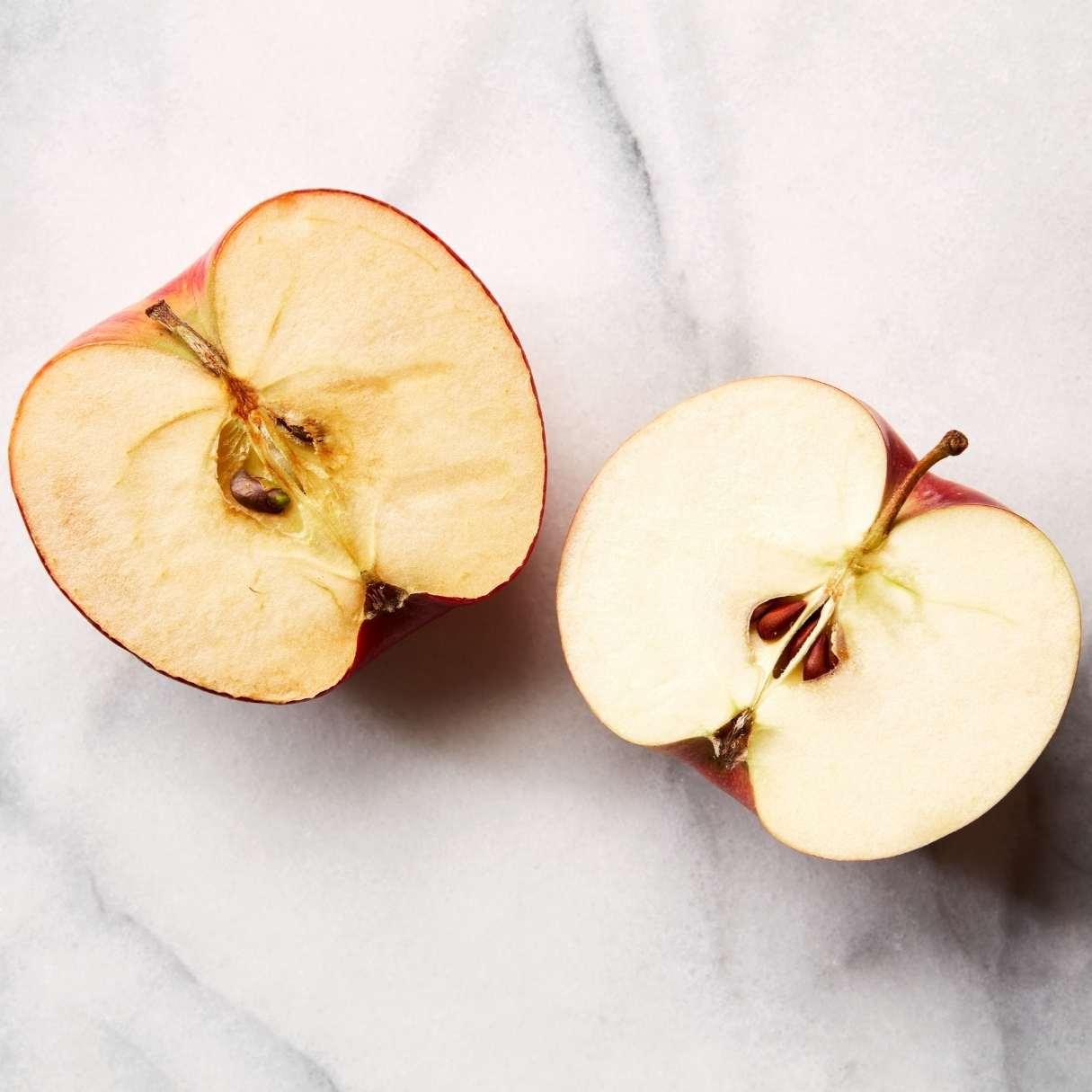
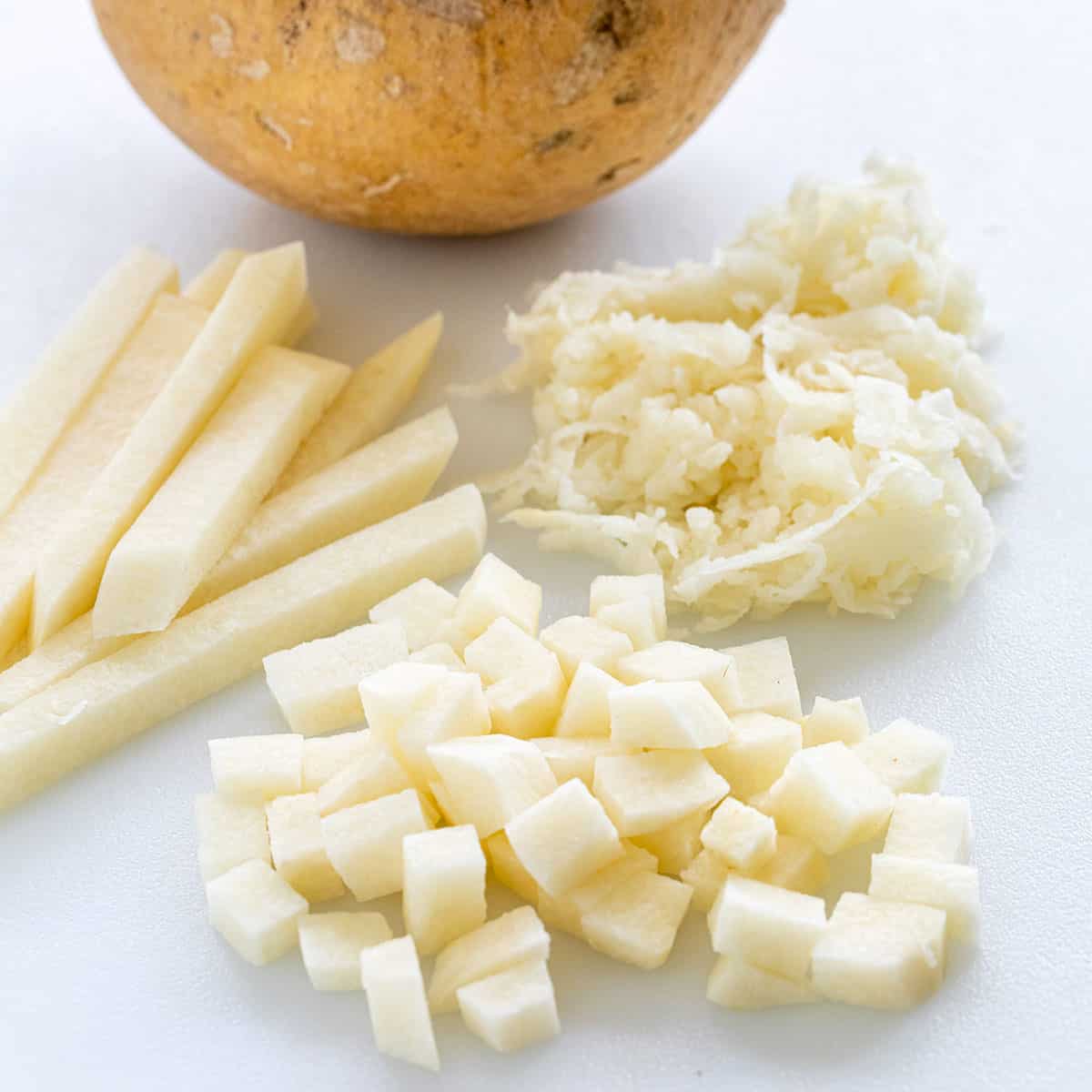
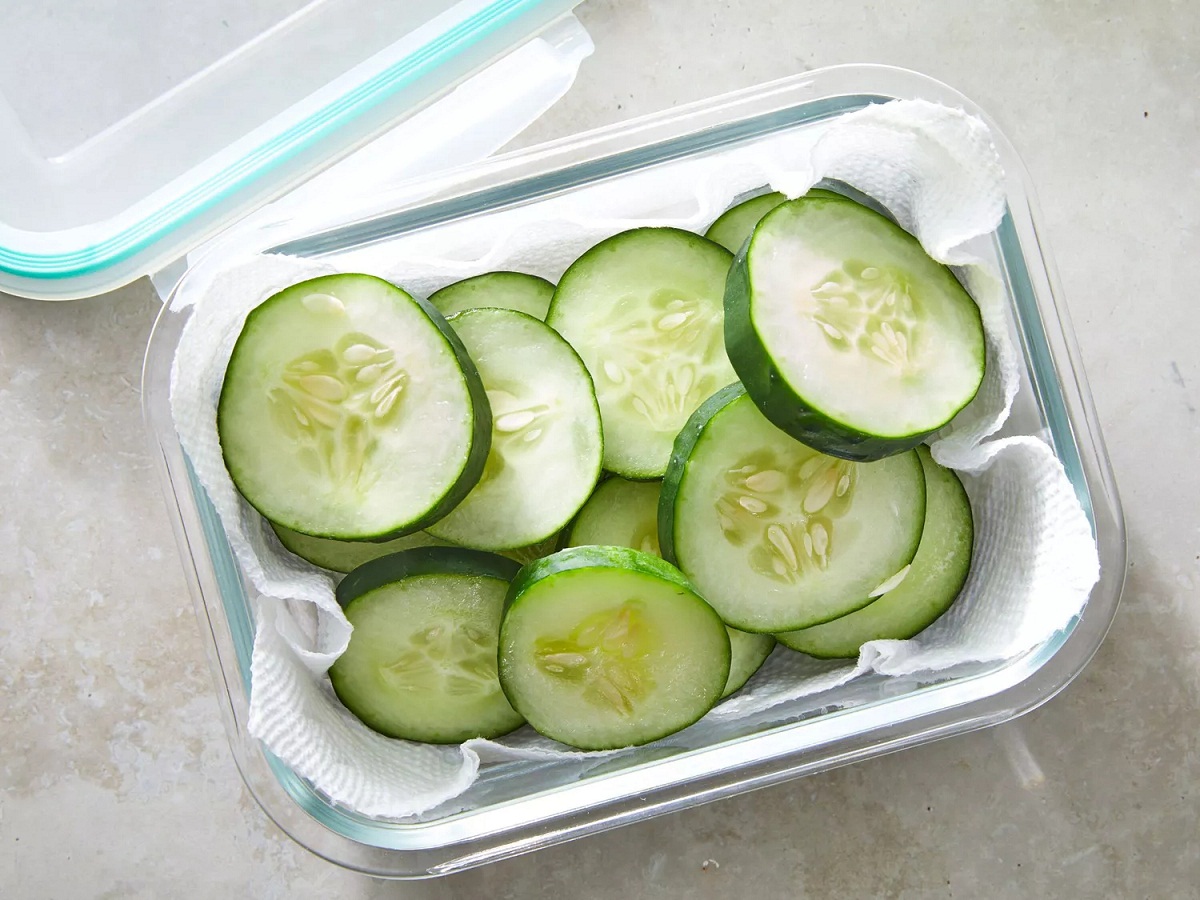
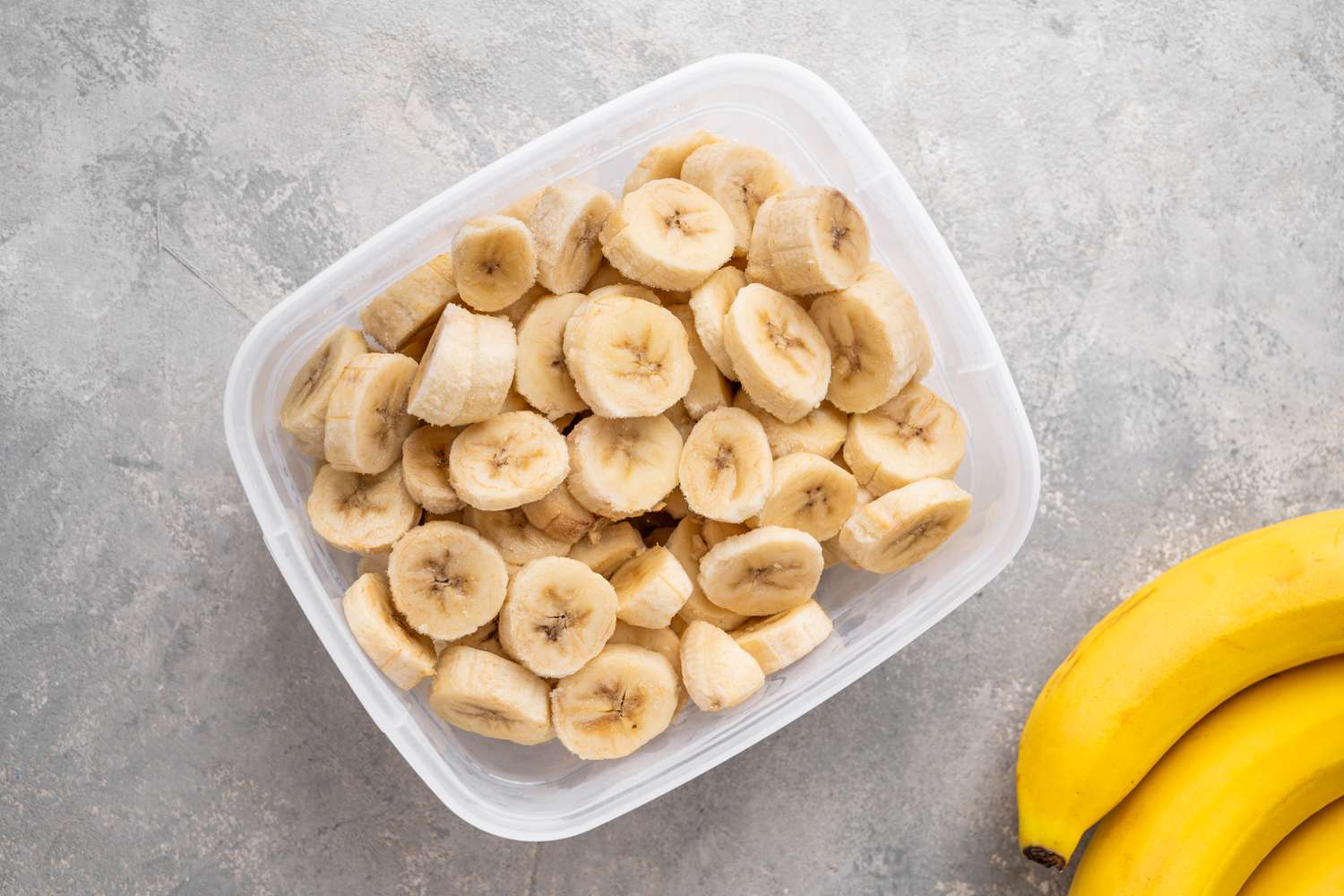
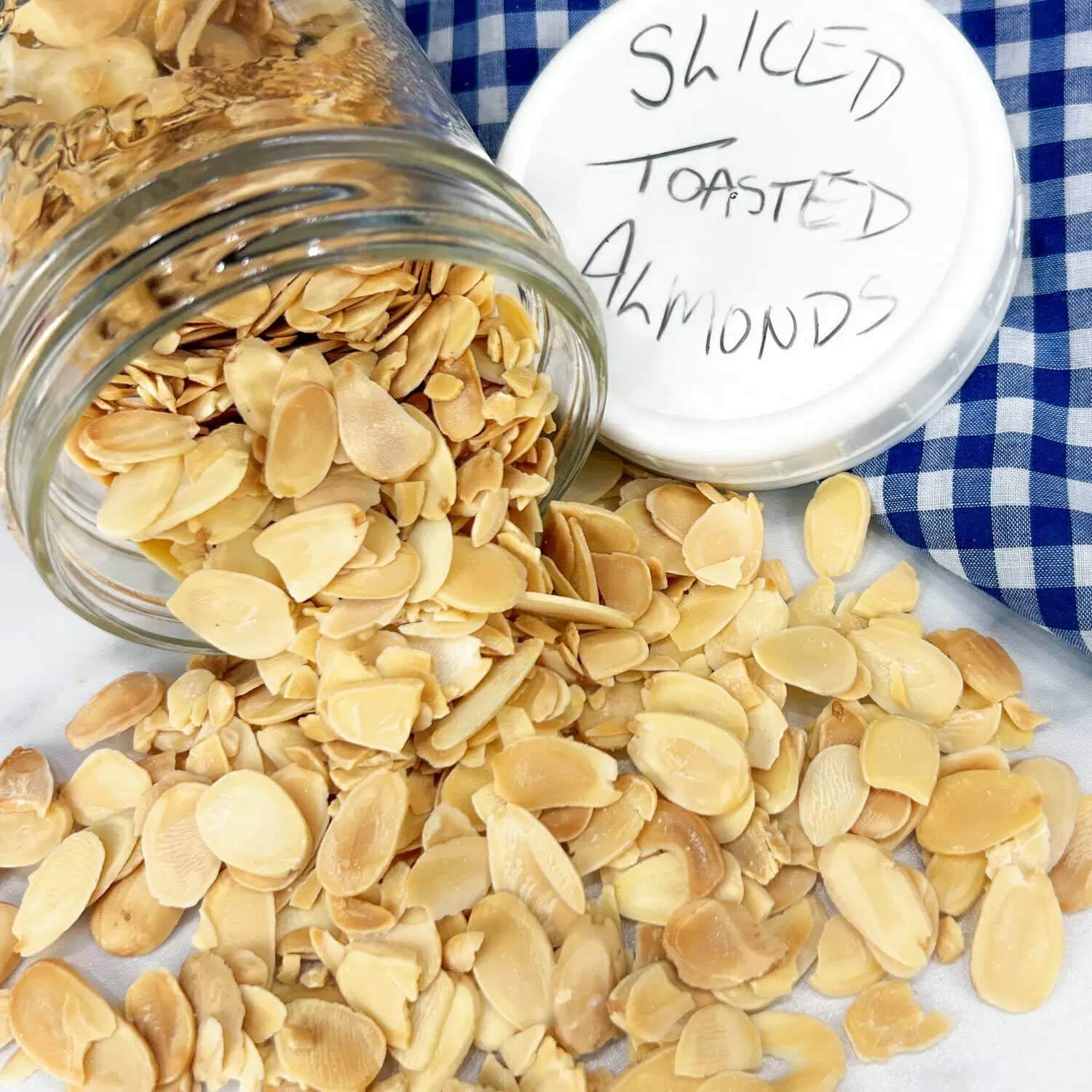
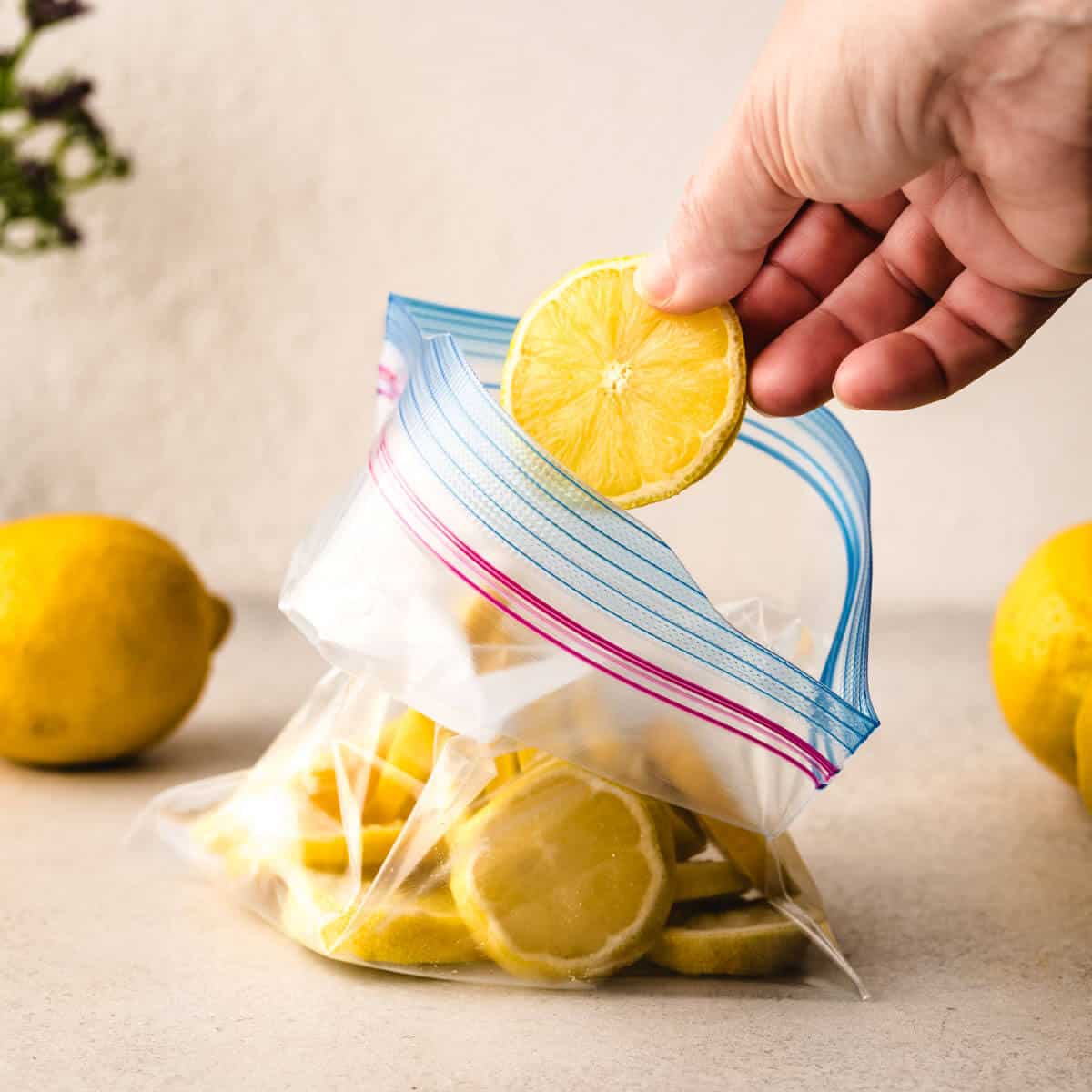

0 thoughts on “How To Store Sliced Peppers”